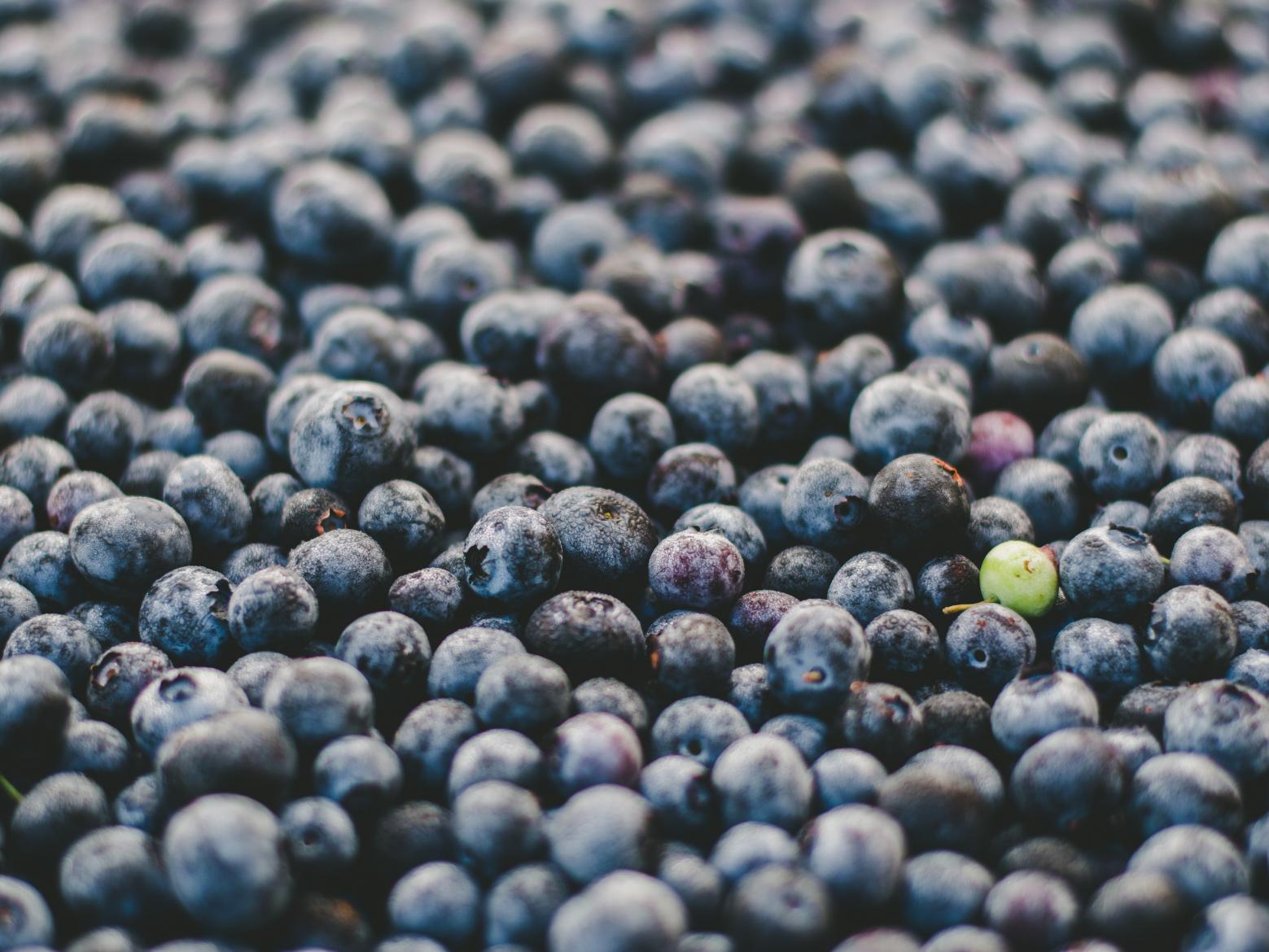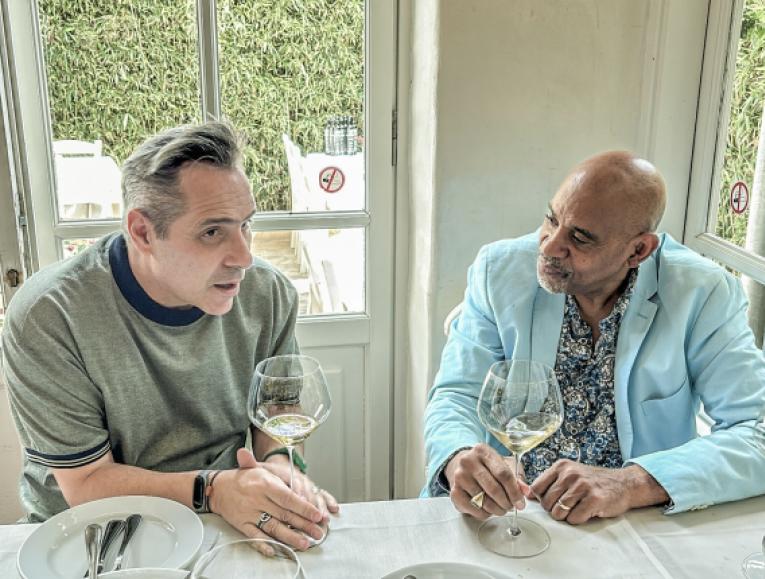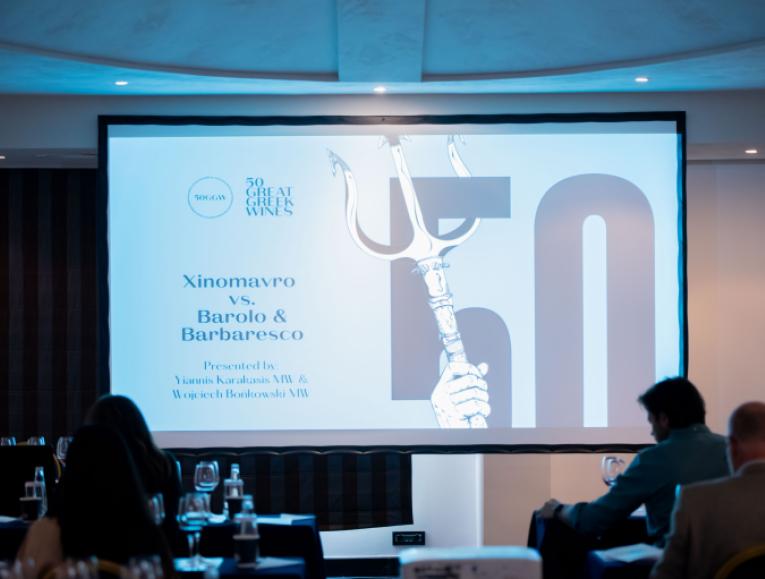Which wine is typical and which is not?
By Yiannis Karakasis MW
Recently, during the blind tasting of the first ten wines for the 50 Great Greek Wines, we discussed which wine is typical and which is not. The wine that caused the debate was an unoaked Nemea Agiorgitiko, in the sense that we are more familiar with and consider oaked Nemea wines as more typical. So let us explain the meaning of the term typicality. A first interpretation of typicality is that a specific wine has the characteristics we expect it to have that are related to the region and (perhaps) the pure expression of a variety.
For example, a typical Santorini Assyrtiko is salty, high in acidity and emphatic. On the other hand, a Mantinia Moschofilero is a floral, high acid and low alcohol white wine. So, would that make a rosé Mantinia atypical? Hold on to your answer until the end of this article.
As the Oxford Companion to Wine notes, typicality is a term which is subjective and not measurable and, for this reason, the topic of much discussion among wine tasters. Typicality, though, is not something of interest to the average consumer who just wants a wine he likes, but it becomes vital when professionals taste wines. To stress my point, at the Institute of Masters of Wine, quality is assessed based on the BLICCCAT scale (Balance, Length, Intensity, Concentration, Complexity, Character, Ageability, Typicality), although there are various versions and combinations of these letters.
But, nowadays, we are constantly witnessing changes in style. The world of wine is dynamic, not static. The taster has two ways of interpreting new styles. He will either dismiss them as lacking typicality, or he will accept them as another expression of the diversity a variety can show. E.g. one might taste a delicate Xinomavro and pour it down the drain because it lacks typicality. Or, one can accept it (as long as the core characteristics of the variety are retained). The same could be said if we venture outside Greece and taste a Jaugaret (often the black sheep of Bordeaux) or moderate-alcohol, refined Corison Cabernet Sauvignon from Napa Valley with 13,5% alc, quite the opposite of the usual 15-16% chocolate bombs. Finesse spells evolution to me, especially for the demanding varieties where a mistake in maceration and winemaking can cause irreversible damage to the wine.
If all was as expected, what would the value of exploration be? If there were a single style of Malagousia, Assyrtiko or Agiorgitiko, the discussion about the variety would end there. If Liatiko and Limniona used a single type of barrel, we wouldn’t have the lovely Petali from the Diamantakis Winery or the New Age Limniona from Zafeirakis. If Moschofilero were only white wine, we wouldn’t have all the beautiful new rosé wines (which legislation does not include in the Mantinia PDO despite Moschofilero being a reddish variety). As long as experimentation is continued and the winemaking methods are enriched, so-called typicalities will change and become less anticipated. In my mind, typicality is not about placing it on a shelf. It changes with time, thankfully, I would say. Take Rioja, for example, which was classically expressed with aromas of American oak use (aromas of coconut).
On the other hand, one could argue that there is a real danger. That of tradition disappearing. But tradition is not about standing still or resisting change, but rather a dynamic aesthetic perception of preserving eternal principles and criteria. But there will be future opportunities to discuss tradition.
I would like to close this article by suggesting a few atypical wines to taste from different varieties and different regions:
11 ‘atypical’ Greek wines to taste:
Manousakis, Muscat of Spina, Crete
Chatzivaryti, Vre Malagousia, Macedonia
Zafeirakis, Microcosmos Malgousia, Tyrnavos
Troupis, Moschofilero Ekato, Mantinia
Moropoulos, Noemvris Moschofilero, Mantinia
Troupis, Pitys Ritinitis, Peloponnese
Karamolegos, Mystirio Assyrtiko, Santorini
Navitas, Xinomavro, Central Greece
Thymiopoulos, Naoussa Alta, Naoussa
Dimantakis, Petali Liatiko, Crete
Aoton, Savatiano, Attica




